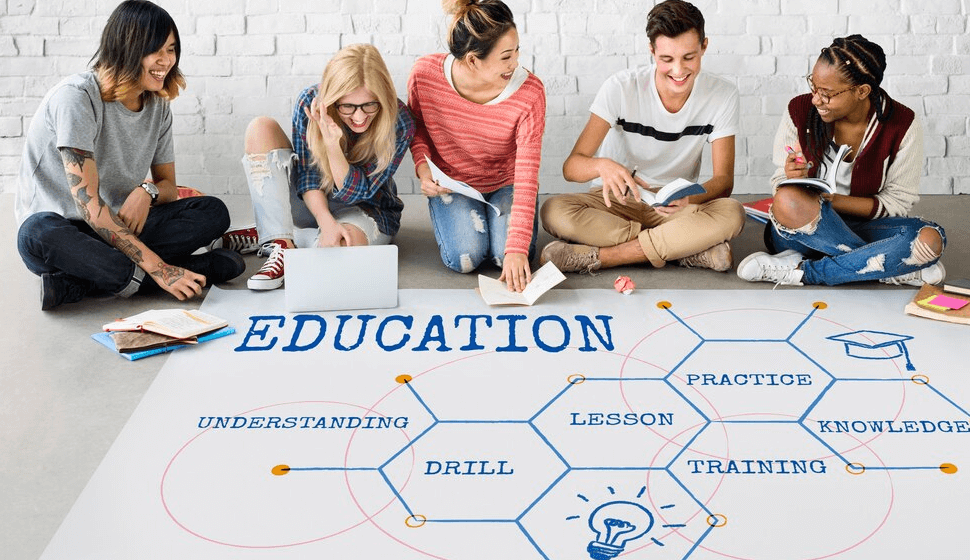
Unlocking Effective Faculty Development
Effective faculty development is essential for ensuring that higher education institutions are providing the best possible educational experiences for their students. Faculty development programs can help faculty members improve their teaching skills, learn new pedagogical techniques, and stay up-to-date on the latest research in their fields.
When these factors are in place, faculty development programs are more likely to be successful in achieving their goals.
In addition to these essential factors, there are a number of other factors that can contribute to effective faculty development. These include:
Institutional support: Faculty development programs are more likely to be successful if they have the support of the institution’s administration. This support can include funding, resources, and a commitment to providing opportunities for faculty development.
Faculty engagement: Faculty members are more likely to be engaged in faculty development programs if they feel that the programs are relevant to their needs and interests.
This can be achieved by involving faculty members in the planning and development of faculty development programs.
Sustainability: Faculty development programs should be sustainable over the long term. This can be achieved by developing a plan for how the program will be funded and supported in the future.
By considering these factors, higher education institutions can design and implement faculty development programs that are effective in helping faculty members improve their teaching skills and achieve their professional goals.
Tag:Faculty




